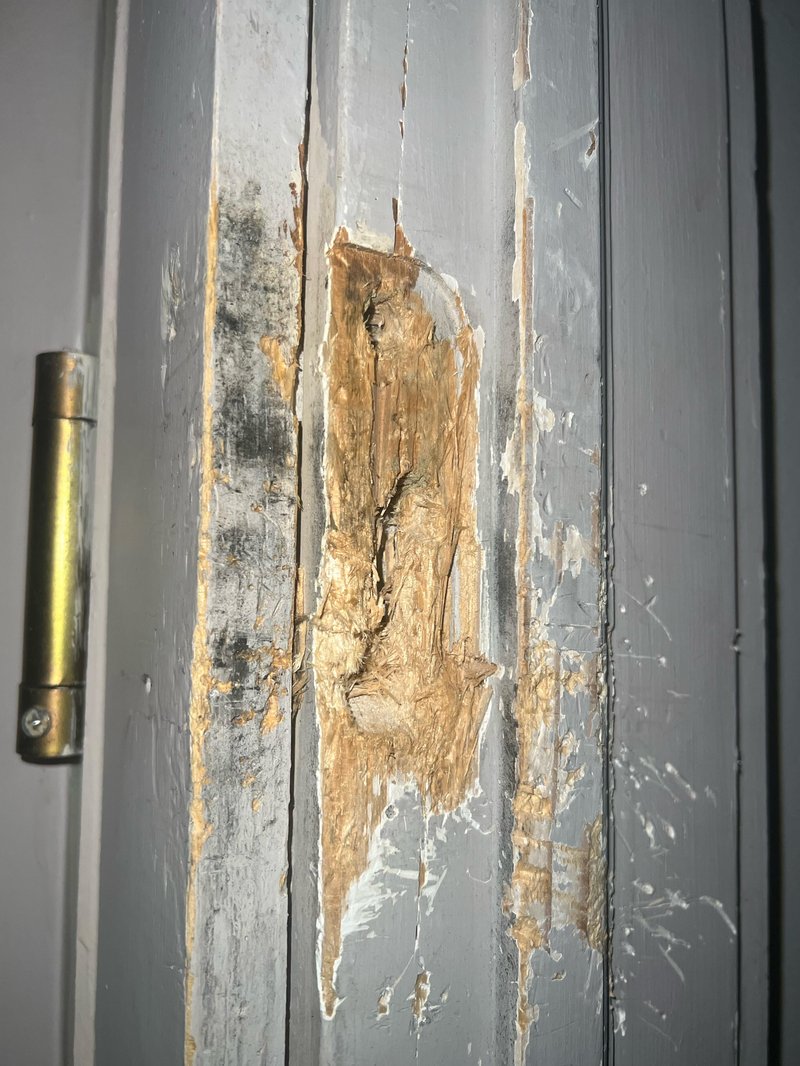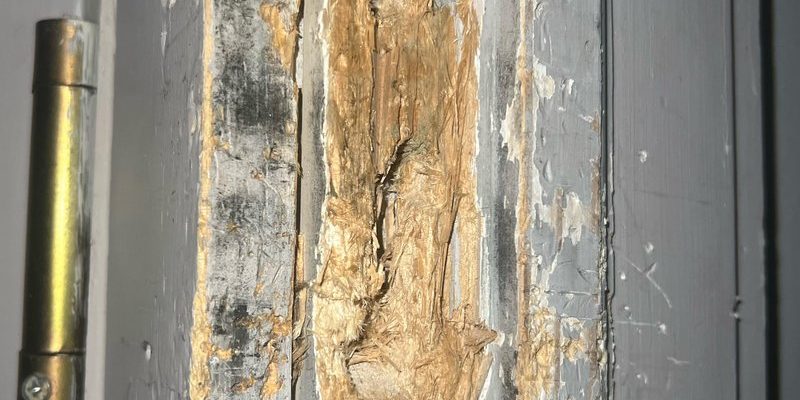
Most of us don’t think about door hinges much. We take them for granted—until they start acting up. Issues like misalignment, rust, or even a lack of lubrication can cause hinges to malfunction. The good news? Fixing a door that doesn’t fully open is often a straightforward process. With just a few tools and some patience, you can restore your door’s functionality and make those annoying hiccups a thing of the past.
Understanding How Door Hinges Work
Before we jump into fixing the problem, it’s helpful to understand how door hinges work. Think of door hinges as the joints of your door. They’re designed to keep the door attached to the frame while allowing it to swing. When the door is in good condition, it should swing open smoothly, just like a well-oiled machine. However, several factors can interfere with this seamless operation.
The primary role of a hinge is to support the door’s weight and allow it to pivot. Most doors have two to three hinges, depending on their size and weight. Each hinge consists of two plates and a pin that holds them together, allowing the door to move freely. If any part of this system is damaged or worn, you might find yourself facing hinge issues that prevent the door from fully opening.
Here’s the thing: understanding how hinges function can help you identify the problem. Are they too tight? Is there rust causing friction? Recognizing these signs will help you tackle the issue more effectively.
Common Signs of Hinge Problems
How do you know for sure that your door’s issues stem from the hinges? Here are some common signs:
- Difficulty Opening or Closing: If you have to push or pull harder than usual, your hinges might be the problem.
- Visible Damage: Check for signs of wear, rust, or misalignment.
- Squeaking or Grinding Noise: This often indicates a lack of lubrication.
- Uneven Gaps: If your door gaps are inconsistent, misaligned hinges could be the culprit.
When you notice these signs, it’s essential to act quickly. Ignoring the issue can lead to more significant damage and costly repairs down the line. Plus, it can be a hassle when your door becomes increasingly difficult to operate.
Tools You’ll Need for the Fix
Before you dive into fixing your door, it’s important to gather some tools. Here’s a quick list of what you’ll need:
- Screwdriver: A Phillips or flathead screwdriver, depending on your hinge screws.
- Lubricant: WD-40 or any general-purpose lubricant can work wonders.
- Replacement Hinges: If the hinges are damaged, you’ll want to replace them.
- Level: To check if the door is aligned properly.
- Wood Shims: These can help adjust the door’s position if needed.
Having these tools on hand will make the process much smoother. You won’t be scrambling halfway through the job looking for that one tool that you can’t quite remember where you put.
Adjusting Misaligned Hinges
If your door doesn’t fully open because the hinges are misaligned, it’s usually a simple fix. Here’s how to adjust them:
1. Check the Alignment: First, close the door and see if it lines up with the frame. If there’s a gap, it might be time to adjust the hinges.
2. Loosen the Screws: Using your screwdriver, gently loosen the screws on the hinge that’s causing the issue. Don’t remove them completely—just loosen them enough to allow for some wiggle room.
3. Move the Door: Gently push or pull the door until it aligns correctly with the frame. You’ll want to make it fit snugly, without forcing it.
4. Retighten the Screws: Once you’ve got it aligned, go ahead and tighten those screws back up. Make sure everything is secure, but don’t over-tighten to avoid stripping the screws.
5. Test the Door: Give your door a good swing. Is it opening fully now? If not, you may need to repeat these steps or investigate other issues.
A well-aligned door not only opens smoothly but also enhances the security and energy efficiency of your home.
Lubricating Your Hinges
Sometimes, the issue is as simple as a lack of lubrication. If your door is squeaking or feels stiff, here’s how to give it the TLC it needs:
1. Choose Your Lubricant: WD-40 is a popular choice, but any silicone-based lubricant can work too. Avoid using oil, as it tends to attract dirt and grime.
2. Apply the Lubricant: Spray or apply the lubricant directly to the hinges. Make sure it penetrates into the joints.
3. Move the Door: After applying, swing the door back and forth a few times. This helps distribute the lubricant evenly throughout the hinges.
4. Wipe Away Excess: Use a rag to wipe away any excess lubricant. You want just enough to keep things moving smoothly without leaving a mess.
Regularly lubricating your hinges can prevent future issues and extend the life of your door hardware. It’s a small step that makes a big difference.
Replacing Damaged Hinges
If your hinges are rusted or broken, it may be time for a replacement. Here’s how to tackle that project:
1. Remove the Old Hinges: Use your screwdriver to take out the screws and detach the damaged hinges from the door and frame.
2. Select New Hinges: When shopping for replacements, ensure they match in size and style. You don’t want to end up with mismatched hinges that don’t fit well.
3. Install the New Hinges: Align the new hinges with the pre-drilled holes. If the holes don’t line up, you may need to drill new ones. Secure them with screws, but be careful not to overtighten.
4. Test the Door Again: Open and close the door a few times to ensure everything functions properly.
Replacing hinges can seem intimidating, but it’s a straightforward task that can greatly improve your door’s performance.
Taking Preventative Measures
Once you’ve tackled the current issue, it’s wise to implement some preventative measures for the future. Here are a few tips to keep your doors in great shape:
- Regularly Lubricate: Make it a routine to lubricate your hinges every six months.
- Inspect for Damage: Take a quick look at your hinges during your routine cleaning to catch any issues early.
- Avoid Excessive Force: Be mindful when opening and closing doors to prevent strain on the hinges.
Even minor maintenance can save you from headaches later. By being proactive, you can enjoy smooth-swinging doors for years to come.
Fixing a door that doesn’t fully open due to hinge issues might feel daunting, but it doesn’t have to be. With a little understanding of how hinges work and some basic tools, you can quickly identify the problem and take action. Whether it’s adjusting misaligned hinges, lubricating, or even replacing them, these steps can restore your door’s functionality.
Remember, your door is more than just an entrance; it’s a gateway to your home. Keeping it in good working order not only enhances your daily life but also adds to your home’s value. So, roll up your sleeves, grab those tools, and get ready to enjoy the smooth operation of your door again. You’ve got this!
